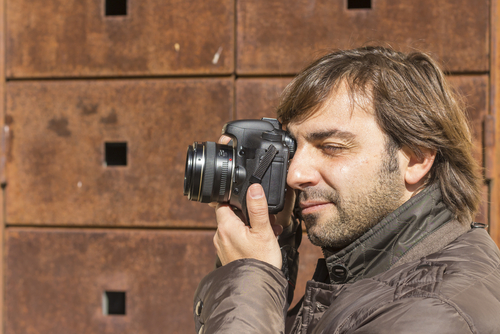How to Make Better Home Movies (without breaking the bank)
 20 years ago, if you wanted to make a movie that was even remotely watchable, from a technical standpoint, then it was going to cost you quite a pretty penny.
20 years ago, if you wanted to make a movie that was even remotely watchable, from a technical standpoint, then it was going to cost you quite a pretty penny.
Most independent filmmakers only got to put their hands on equipment and make something that they believed in by either going to film school or maxing out credit cards to make a movie about nerds working in a convenience store (looking at you, Kevin Smith).
However, over the years, video technology has increasingly made it possible to make a professional-looking movie in your own backyard at a cost that is more than feasible, for many people.
However, while the technology is there, it still takes a lot of practice and know-how to make home films that can be viewed by more than just you and your friends who made them. Here are some tips on how to make better home movies…
Story is king
 First of all, and this has been said so much to the point that you might think it is cliche, but story is the number one most important element in any movie.
First of all, and this has been said so much to the point that you might think it is cliche, but story is the number one most important element in any movie.
Movies, at their heart, are just another way of telling stories, and so the story you are telling better have something that connects with an audience. When it comes to story, it doesn’t necessarily mean that you need a more complex plot, or a ton of dialogue.
Story needs to be rooted in emotion, which in movies can be told with camera angles and cuts in the edit just as much as it can be told in the script.
Shorter is almost always better
As it has become easier to make stunning films for less and less money, we have also seen a flood of content that we have never really experienced before. The problem, though, is that not all of it is good.
There is so much out there competing for attention, and chances are that if you don’t have the budget to make a two-hour feature film with a crew and distribution, then you probably don’t quite have the skills to make that (yet), either.
As such, when you are making home movies, always opt to make everything shorter and shorter. Most of the time, when you look at the first cut of a home project, it can usually be shortened by at least a third.
Always consider lighting
 There are two basic things that separate a professional looking image from an amateur looking image (although you could break it down further, if you wanted): interesting camera angles and dynamic lighting.
There are two basic things that separate a professional looking image from an amateur looking image (although you could break it down further, if you wanted): interesting camera angles and dynamic lighting.
Of these two things, lighting is definitely the most neglected. Learning how to utilize interesting lighting takes a lot of practice, and requires an attention to detail for how light works all around you in your day-to-day life.
To get into lighting, look up the different types of light equipment that the professionals use, and then find things to use around your home that can give you the same effect.
If you are clever, a lamp and a bedsheet can give you great lighting, which is a lot cheaper than putting a 10K par can on a Condor.
Use what you have
Notorious independent filmmaker Robert Rodriguez made his first feature film, El Mariachi, for only $7,000, which was especially incredible for 1992.
The reason that he was able to do this so cheaply was because he wrote the film around what he knew that he and his friends already had (a turtle, a guitar, and a lot of fake guns).
This is a tip that every independent filmmaker should learn to follow, nowadays. You can’t get what you want at every whim like a big-budget filmmaker, so give your films pops of production value and personality by using what you already have at your disposal, whether that be an interesting actor to write a role around, or a location that is going to look amazing on camera.
Category: Family Finances, Recreation





Comments (1)
Trackback URL | Comments RSS Feed
Sites That Link to this Post